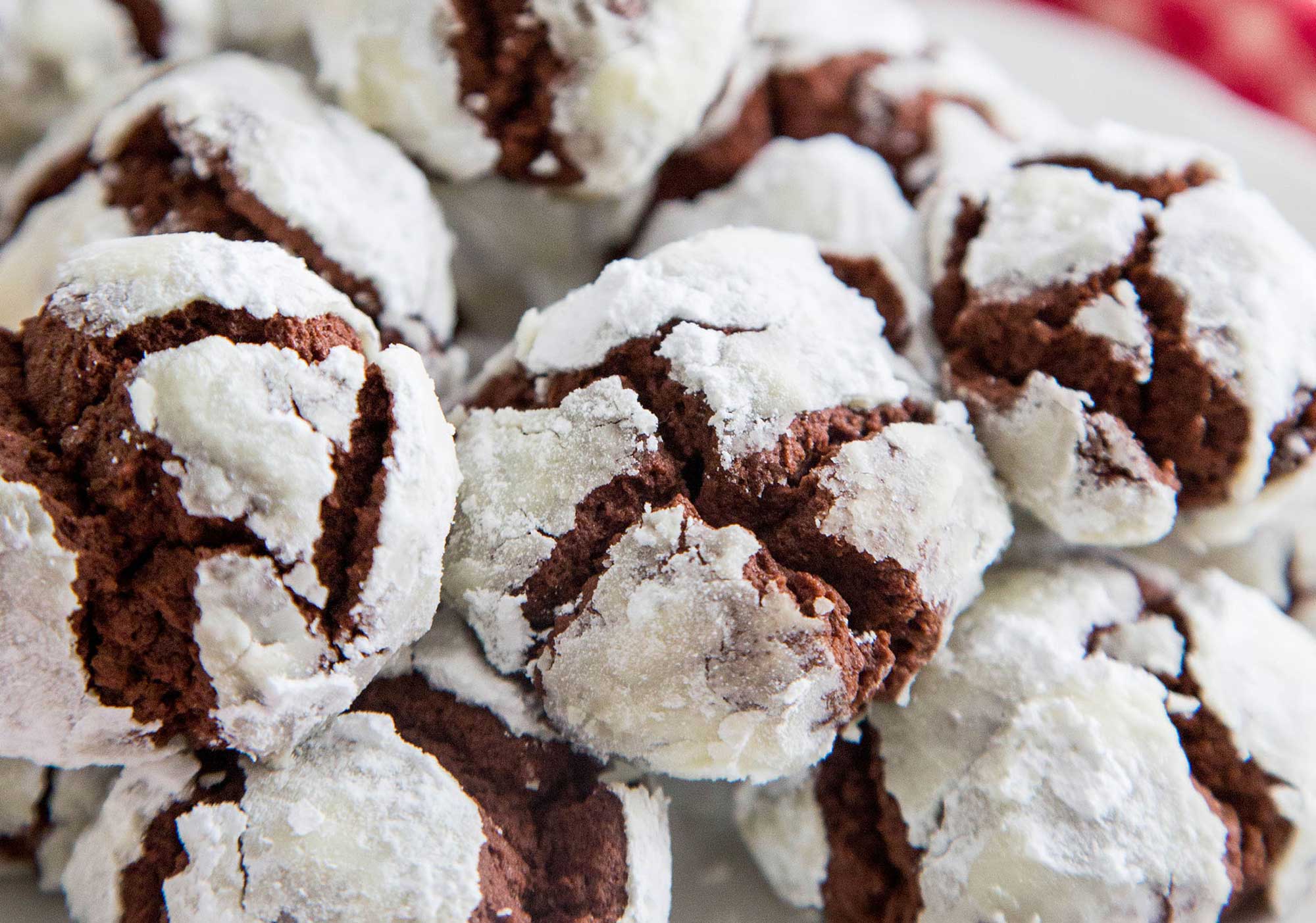Which is to say...not really that easy at all, but totally worth it
Phyllo isn’t easy to make, but it sure is relaxing.
I learned that first-hand watching my friend Kostas make a savory leek and feta pie. You can find these kinds of savory pies on most Greek tables, but most people don't make their own dough. Kostas, though, is a bit of a phyllo fanatic, and spending a day with him rolling, stretching, baking, and most importantly eating, the difference between homemade and store bought was
Kostas made his dough in two parts: the base layer and the top crust. He rolled it until it no longer stuck to his fingers, and cut it in half to show me the way bubbles had gathered inside. After refrigerating it for a bit, Kostas retrieved the dough and rolled the two halves out using a long, thin rolling pin that he said is common in the villages in rural Greece.
This is the part where time started to slow. Kostas’ movements, always deliberate, took on a monastic intensity as the dough’s edges spread towards the ends of the table. We stopped chatting, his attention turned completely to the dough, the only sound in the room the faint squish of oiled dough meeting wooden rolling pin. The process becomes meditative.

Your mind has room to wander while rolling, but not too far. There’s the pressure to get the thickness just right. You need to pay attention to how much flour you have on the table. Then you cover it in butter and olive oil (Kostas uses both) and once again shrink it down to a manageable size by folding it like edible origami, then refrigerate it before taking it out and rolling it a second time.
Then, once it’s flat, you gently drape it over your rolling pin and stretch it across the bottom of a pie pan. This means gently rolling the ends of the dough over the pin, hoping that your pie doesn’t tear or break. Then you lift it, sending an extra prayer to the pie gods that nothing bad happens as it goes airborne. Another set of hands will be required to get the pie pan under the dough, and slide it off the pin to create an even pillow of dough at the bottom of the pie. Pile some melty cheesy leek goop, then repeat with your second flattened slab of dough.
Once the pie had turned a golden brown, we served it up for lunch along with hummus, fresh tomatoes, and some salad. Kostas said to me, “See? It’s not so bad.” I couldn’t agree more.
Find the recipe for this crispy beauty at Kostas' blog, Dr. Benefits, and once you get the hang of it, try out some homemade phyllo in any of our favorite phyllo recipes.
This article was written by Katherine Whittaker from Saveur and was legally licensed through the NewsCred publisher network. Please direct all licensing questions to legal@newscred.com.








